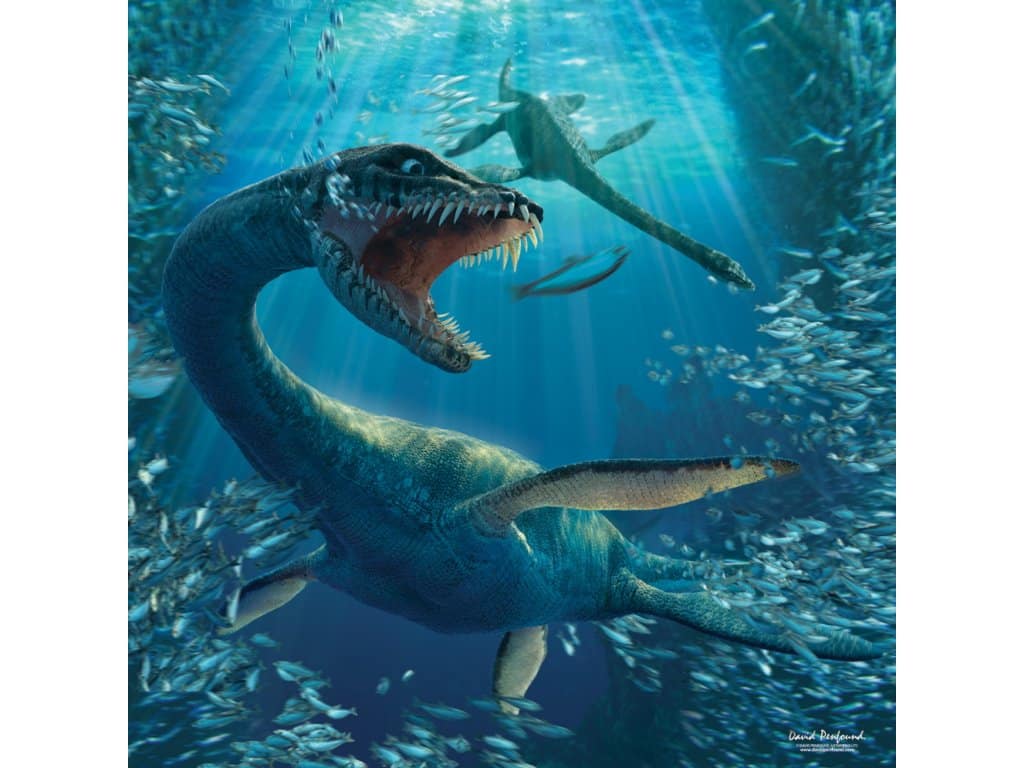
Introduction:
Calvarius rapidus dwelled on the Ibero-Armorican island, the largest and westernmost in the European Archipelago, encompassing parts of modern-day France, Spain, and Portugal. This dinosaur species existed during the last 100,000 years of the Cretaceous period and faced extinction during the end-Cretaceous mass extinction event.
Evolution of Ornithopods:
The lineage of Calvarius rapidus belonged to Styracosterna, a subgroup of iguanodontian ornithopods known for their evolutionary success. Ornithopods, including hadrosaurids, displayed a remarkable trend of increasing body size over time. From small and light early ornithopods like Hypsilophodon foxii to the larger and heavier Iguanodontia and Hadrosauriformes, there was a tenfold increase in body length and a significant 300-fold increase in body mass.
Adaptations of Calvarius rapidus:
Calvarius rapidus, an endemic styracosternan dinosaur, exhibited unique adaptations due to its insular environment. Despite being small-bodied, its metatarsal morphology and relatively small size suggested evolutionary convergence with distantly related non-iguanodontian and early-diverging iguanodontian ornithopods. The elongated fourth metatarsal of Calvarius rapidus indicated a capacity for rapid locomotion, showcasing morphological plasticity in its postcranial skeleton.
Discovery and Fossil Evidence:
The fossilized fourth metatarsal of Calvarius rapidus was found in 2019 in the Masia de Ramón site within Spain's Talarn Formation. This site, located in north-western Catalonia, is approximately 2.6 km south of Figuerola d’Orcau village. The fossil is dated to the last 100,000 years of the Maastrichtian age, positioned 25 meters below the local Cretaceous-Paleogene boundary.
Ecological Niche on the Ibero-Armorican Island:
The Ibero-Armorican island of the Late Cretaceous European Archipelago stood out because, unlike other regions during the same period, it housed a styracosternan dinosaur, Calvarius rapidus, occupying the ecological niche of a small-bodied cursorial herbivore. This was distinct from the prevalence of non-iguanodontian and non-hadrosauriform species in similar niches elsewhere during the latest Cretaceous.
Conclusion:
The discovery of Calvarius rapidus contributes significantly to our understanding of endemism in insular terrestrial environments during the Mesozoic era. This small-bodied dinosaur provides valuable insights into the diverse and fascinating world of Mesozoic vertebrates. The comprehensive documentation of this groundbreaking discovery can be found in the Journal of Vertebrate Paleontology.



